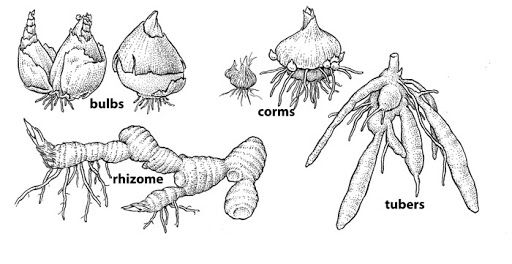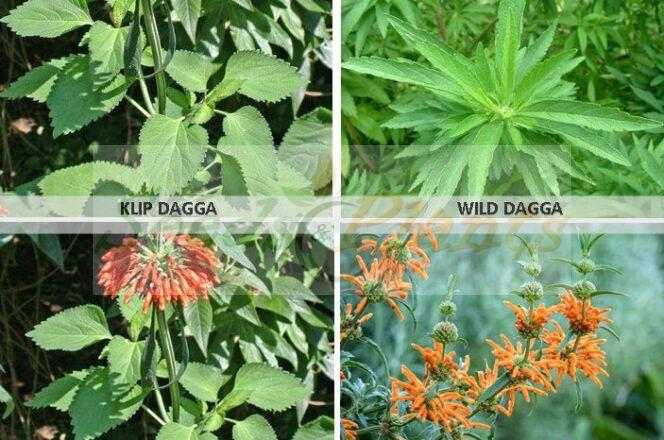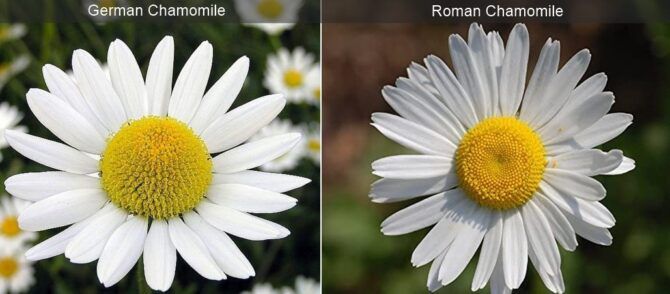Gardening Tips
Pea Types Explained
There are three main Pea types, namely: Garden peas, snow peas, and sugar snap peas.
The Differences between the Pea Types:
Garden Peas (Pisum sativum, var. sativum)
The Garden pea is also known as English pea and it is grown for shelling.
The garden or English pea has been widely grown for years. Garden peas are harvested when the pods are well-filled and the seeds are sweet and tender. (The seeds in over-mature pods will be hard and starchy.) The pods of garden peas are not edible. Shelling peas are one of the fastest maturing types of peas, with the smaller, bush varieties ready in about 50 days. Examples of sugar snap peas include: Greenfeast, Lincoln and Maestro.
Snow Peas (Pisum sativum var. saccharatum)
Snow peas (sugar peas) are harvested when the pods are long and thin, just as the seeds begin to develop. Young pods are tender, string-less, and may be stir-fried in Chinese dishes, steamed, or cooked like snap beans. If the seeds are allowed to develop fully, they may be shelled and used like garden peas. Snow peas typically take the longest to mature, especially the taller cultivars, even though you do not have to wait for the peas inside to grow plump. Snow and snap peas are edible podded peas. Examples of sugar snap peas include: Oregon Sugar Pod, Avalanche and Snowbird.
Sugar Snap Peas (Pisum sativum var. marcrocarpon)
Snap peas are best picked when the seeds are nearly full size. The pod walls are thick, fleshy, and crunchy. Snap peas may be eaten raw in salads, snapped and cooked like snap beans, or shelled for garden peas. They also freeze very well. Examples of sugar snap peas include: Sugar Snap Cascadia, Sugar Ann, Sugar Bon and Sugar Snap
Disclaimer
Medicinal Information:
All medicinal information on this website is for educational and informational purposes only and may not be construed as medical advice. The information is not intended to replace medical advice or treatment offered by healthcare professionals.
Seeds, Plants, Plant Cuttings, Geophytes and Dried Herbs:
In some countries and provinces, certain plants are deemed as invasive and are not allowed to be planted at all, whilst some plants are allowed to be grown only in certain areas or provinces. The onus is on you as the buyer to familiarize yourself with the regulations pertaining to your location, before purchasing any of our seeds, plants, plant cuttings, geophytes or dried herbs. We will not be held liable, should you purchase any seeds, plants, plant cuttings, geophytes or dried herbs. from us which are prohibited in your country or province.









